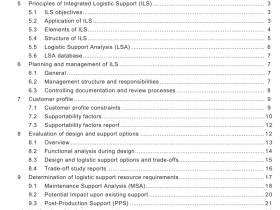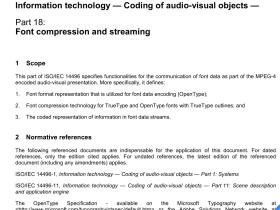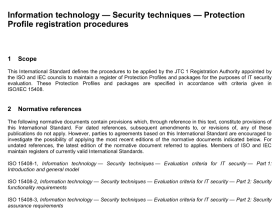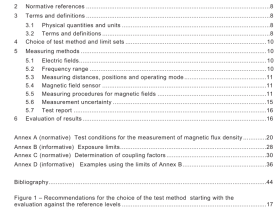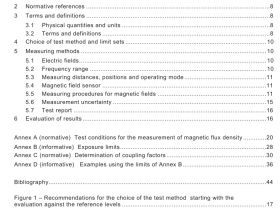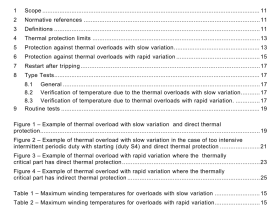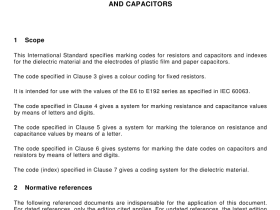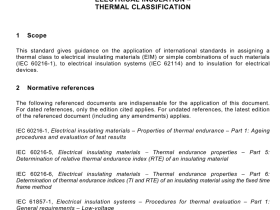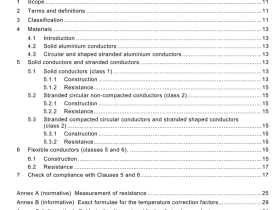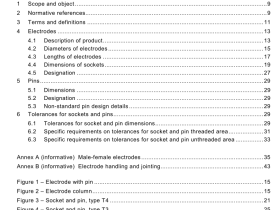IEC 62002-2 pdf download
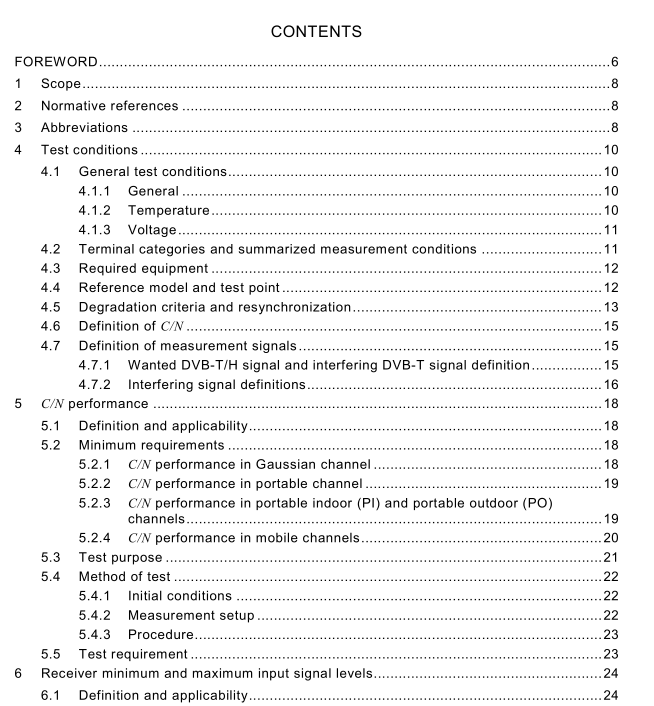
IEC 62002-2 pdf download Mobile and portable DVB-T/H radio access – Part 2: Interface conformance testing
4.5 Degradation criteria and resynchronization
Four different degradation criteria are used. The criteria a and b are used in the non-mobile cases for DVB-T. Criterion c is for mobile reception in DVB-T and criterion d for DVB-H reception A receiver must be able to acquire a degraded signal and a resynchronization test must be done to ensure the C/N or C/I value is valid. Once the degradation criterion is achieved, all receiver input signals are removed for a period of 5 seconds and then re-applied. The same degradation criterion must be achieved within a further 5 seconds. If that is not the case, then the only degradation criterion that can be used for receiver measurement has to be based upon successful signal acquisition.
a) Reference BER, defined as BER = 2 × 1 0 −4 after Viterbi decoding. This corresponds to the quasi error free (QEF) criterion in the DVB-T standard, which states: ”less than one uncorrected error event per hour”. In the stationary reception cases, QEF is equivalent to the reference BER after Viterbi decoding.
b) Picture failure point (PFP). The picture failure point is defined as the C/N or C/I value when picture errors become visible. This is preferred if BER measurements are unstable or unavailable. A more objective definition can be made using the ESR 5 (5 % erroneous second ratio) criterion, which allows one erroneous second within the 20 s observation period in the transport stream. Note that the reception quality is poor at picture failure point as one possible error in each 20 s interval is too much for fixed TV-reception. The criterion is nevertheless suitable for measurements, and a 1 dB to 2 dB carrier power increase will improve the reception quality to QEF level. A useful method to reduce the uncertainty of visual picture failure point is to use the two out of three method. Here 2 out of 3 consecutive 1 0 s periods must be good (no artefacts), i.e. 1 out of 3 can contain artefacts. More complex M out of N periods can lead to more accurate results but will increase the measurement time. Table 2 shows the correlation between the picture failure point and the reference BER error criterion for various measurements. When the picture failure point is used in the measurement, the measured value can be converted to corresponding reference BER value by using Table 2.
c) Subjective failure point in mobile reception SFP The reference BER, meaning perfect “quality of transmission”, is unfortunately not suitable in the mobile environment due to the fast channel variations. In mobile cases, the reference BER criterion may give unstable values which could result in an underestimation of DVB-T mobile capabilities. Within the motivate project, a subjective quality has been defined, referred to as the subjective failure point (SFP). SFP corresponds to: “on average, one visible error in the video, during an observation period of 20 s”. This corresponds to the ESR 5 (5 % erroneous second ratio, 5 % ESR) criterion, which allows one erroneous second within the 20 s observation period. Thus, the ESR 5 method can be used to measure the SFP.
